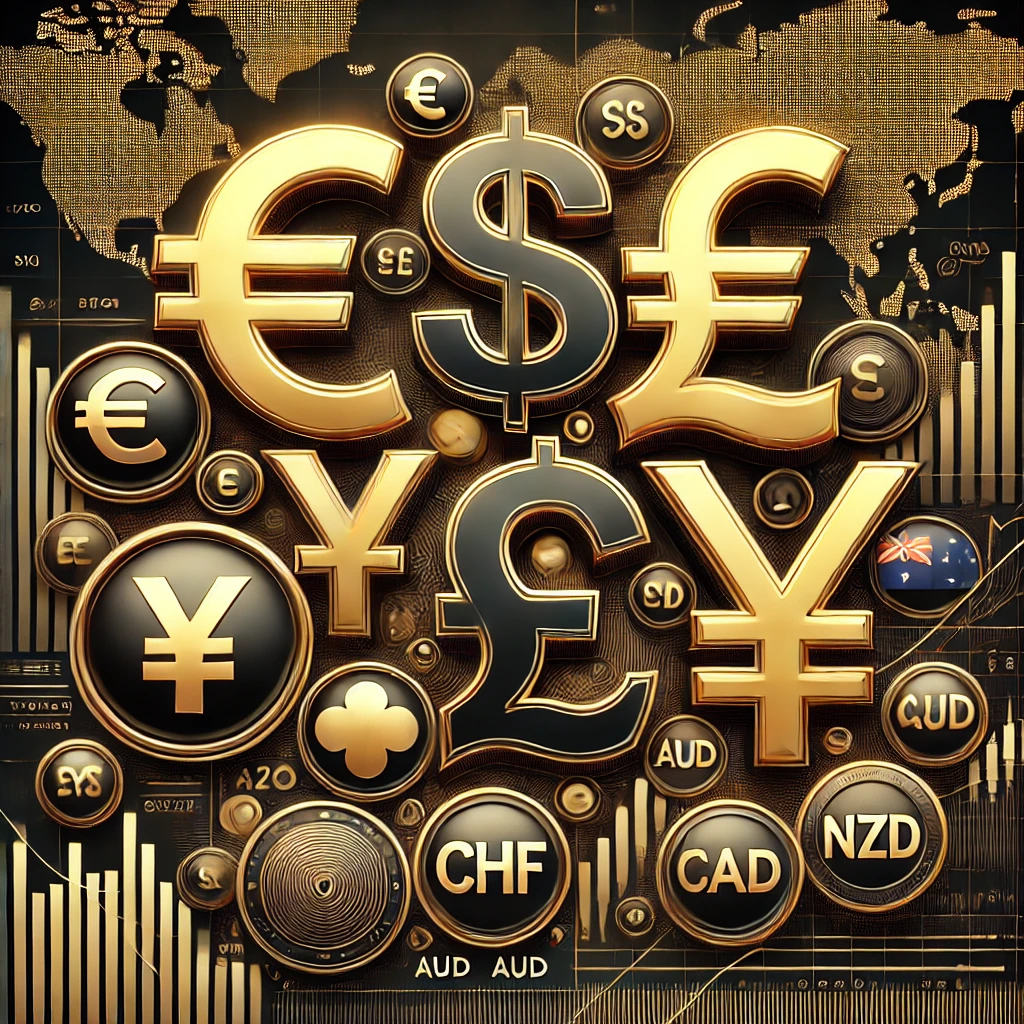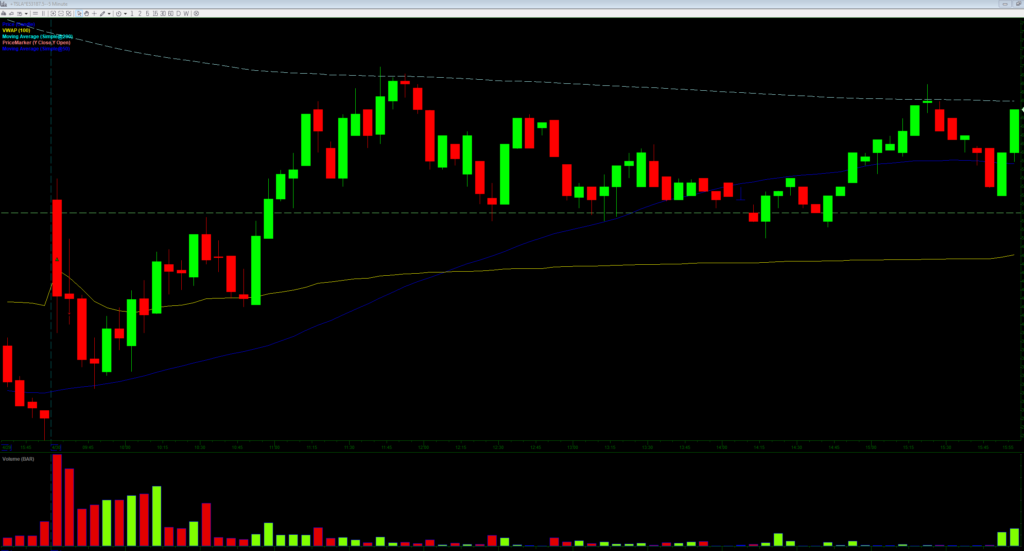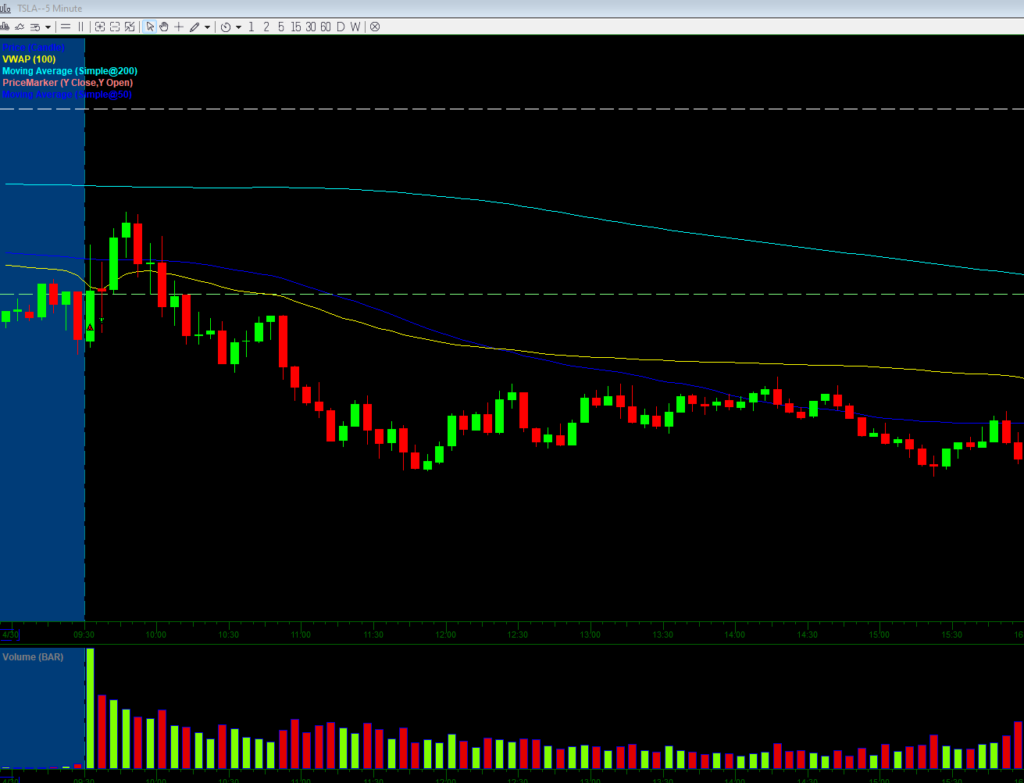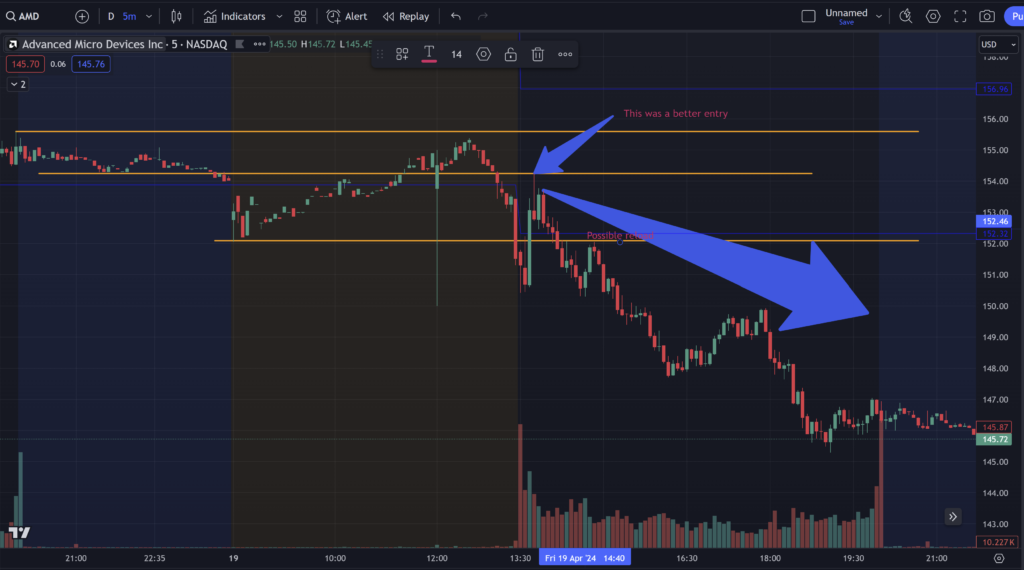
Even if you don’t trade currencies directly, monitoring major currency pairs can provide valuable insights into broader market structure, risk sentiment, and intermarket relationships. Here are the top currency pairs to follow and what they signal:
1. EUR/USD (Euro/US Dollar)
- Why Follow It:
- Most traded currency pair globally.
- Represents the relationship between the U.S. and Eurozone economies.
- What It Tells You:
- Strength/weakness in the U.S. Dollar.
- Risk sentiment: A strong EUR/USD often indicates risk-on sentiment (investors favoring riskier assets).
2. USD/JPY (US Dollar/Japanese Yen)
- Why Follow It:
- Reflects safe-haven flows, as the Yen is considered a safe-haven currency.
- What It Tells You:
- Risk sentiment: A rising USD/JPY typically signals risk-on sentiment (investors moving out of safe havens), while a falling USD/JPY indicates risk-off sentiment (seeking safety in the Yen).
3. GBP/USD (British Pound/US Dollar)
- Why Follow It:
- Measures U.S. Dollar strength against the British Pound.
- Affected by UK-specific news, such as political events or economic data.
- What It Tells You:
- Dollar strength and Brexit-related volatility.
4. USD/CHF (US Dollar/Swiss Franc)
- Why Follow It:
- Swiss Franc is another safe-haven currency.
- What It Tells You:
- Similar to USD/JPY, it provides insight into risk sentiment and safe-haven flows.
5. AUD/USD (Australian Dollar/US Dollar)
- Why Follow It:
- Proxy for global commodity markets and risk appetite.
- Closely tied to China’s economic performance.
- What It Tells You:
- Risk-on/off sentiment and trends in commodity demand.
6. USD/CAD (US Dollar/Canadian Dollar)
- Why Follow It:
- Tracks the relationship between the U.S. Dollar and the oil-sensitive Canadian Dollar.
- What It Tells You:
- Correlation with crude oil prices; rising oil often strengthens CAD.
7. NZD/USD (New Zealand Dollar/US Dollar)
- Why Follow It:
- Another commodity-linked pair tied to agricultural exports and risk sentiment.
- What It Tells You:
- Global risk sentiment and trends in agricultural commodities.
8. DXY (US Dollar Index)
- Why Follow It:
- Measures the strength of the U.S. Dollar against a basket of major currencies (primarily EUR, JPY, GBP, CAD, SEK, and CHF).
- What It Tells You:
- Overall U.S. Dollar strength or weakness, with implications for equities, bonds, and commodities.
How to Use These Pairs Without Trading Forex
- Risk Sentiment Gauge:
- Strong USD often means risk-off (money flowing to safety).
- Strong AUD, NZD, or CAD often signals risk-on (money flowing to growth assets).
- Intermarket Analysis:
- Equities: A weak USD tends to support U.S. stocks and commodities.
- Commodities: A strong USD can pressure commodities like gold and oil.
- Bonds: Rising USD/JPY or falling USD/CHF often correlates with rising bond yields.
- Macro Trends:
- Watching these pairs helps you understand global economic shifts and monetary policy trends (e.g., Federal Reserve or European Central Bank actions).
By monitoring these pairs alongside your trading instruments, you’ll gain a better understanding of global market dynamics, helping you make more informed decisions.




